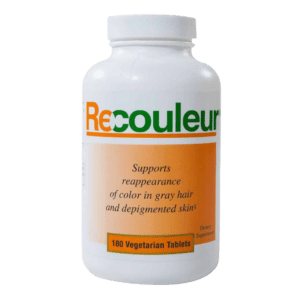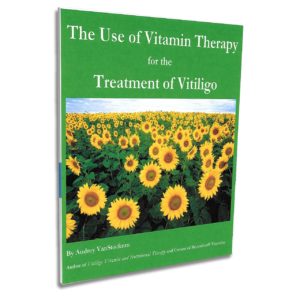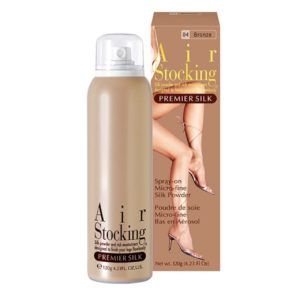Developed by Experts, A Patented Formula Supporting Vitiligo Skin Health

Phototherapy is using Ultra Violet (UV) rays to treat vitiligo. UV can be artificial through a specialized lamp in a dermatologist’s office or natural from the sun. UV phototherapy, particularly narrowband UVB (NB-UVB), has a strong track record as a safe and effective treatment for both psoriasis and vitiligo. This light stimulates pigment cells to reproduce (melanocyte proliferation which is repigmenting) also known as the tanning response. UVB light is also beneficial for other skin conditions.
People with vitiligo often have low levels of vitamin D. In one study of 46 people, 76 percent had very low vitamin D levels in their blood. This fat-soluble vitamin naturally occurs in very few foods and beverages. UV rays from sunlight strike the skin and trigger vitamin D synthesis, which is why it is often referred to as the sunshine vitamin. Exposure to rays from the sun is the natural way to produce vitamin D.
But the fact is that it takes UV light to stimulate the body’s tanning process and can be effective for vitiligo. And, providing you also ensure you are getting the right nutrition for the purpose, sunshine can be a therapy for vitiligo.
UV therapy and nutritional supplements can be a drug-free option, offering a positive alternative for those who prefer to avoid or minimize medication. When compared to some other vitiligo treatments, UV therapy and dietary supplements often have fewer potential side effects. While phototherapy either via sunlight of a UVB lamp can be help for vitiligo, be mindful of the risk of burning.
More tips in The Use of Vitamin Therapy for the Treatment of Vitiligo



